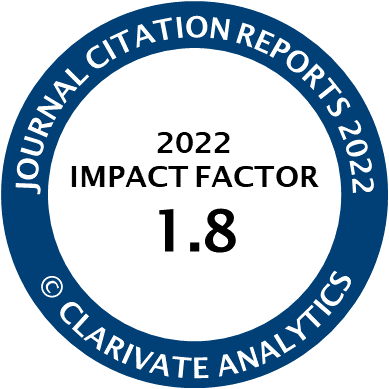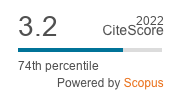Article | Open Access
Close-To-Nature Heuristic Design Principles for Future Urban Green Infrastructure
| Views: | 1843 | | | Downloads: | 1330 |
Abstract: The global nature-climate crisis along with a fundamental shift in world population towards cities and towns has sharpened the focus on the role of urban green infrastructure. Green infrastructure has the potential to deliver cost-effective, nature-based solutions to help mitigate problems of climate change as well as provide improved human well-being through the ecosystem services inherent in landscapes rich in biodiversity. The absence of under-pinning science, specifically complex systems science and ecosystem theory in the design and planning of urban green infrastructure, has limited the capacity of these landscapes to deliver ecosystem services and to effectively demonstrate natural resilience to the impacts of climate change. To meet future challenges of environmental uncertainty and social change, the design of urban green space should embrace an adaptive ecosystem-based approach that includes fully integrated participatory planning and implementation strategies founded on principles of close to nature science. Our article offers two models to inform green space planning: urban green space framework and sustainable urban community network. Both concepts provide the foundation for six ecosystem-based design principles. In a case study on Essex green infrastructure, UK, recommendations made by the Essex Climate Action Commission to transform land management practices are presented as examples of adopting principles of the ecosystem approach and nature-based science. Our article concludes by emphasising the importance of reconnecting society with nature in cities through close-to-nature design of urban green space to secure essential ecosystem services and to build resilience to the impacts of climate change.
Keywords: ecosystem-based approach; Essex Climate Action Plan; nature-based solutions; sustainable urban community network; urban green infrastructure; urban green space framework
Published:
© Saruhan Mosler, Peter Hobson. This is an open access article distributed under the terms of the Creative Commons Attribution 4.0 license (http://creativecommons.org/licenses/by/4.0), which permits any use, distribution, and reproduction of the work without further permission provided the original author(s) and source are credited.




